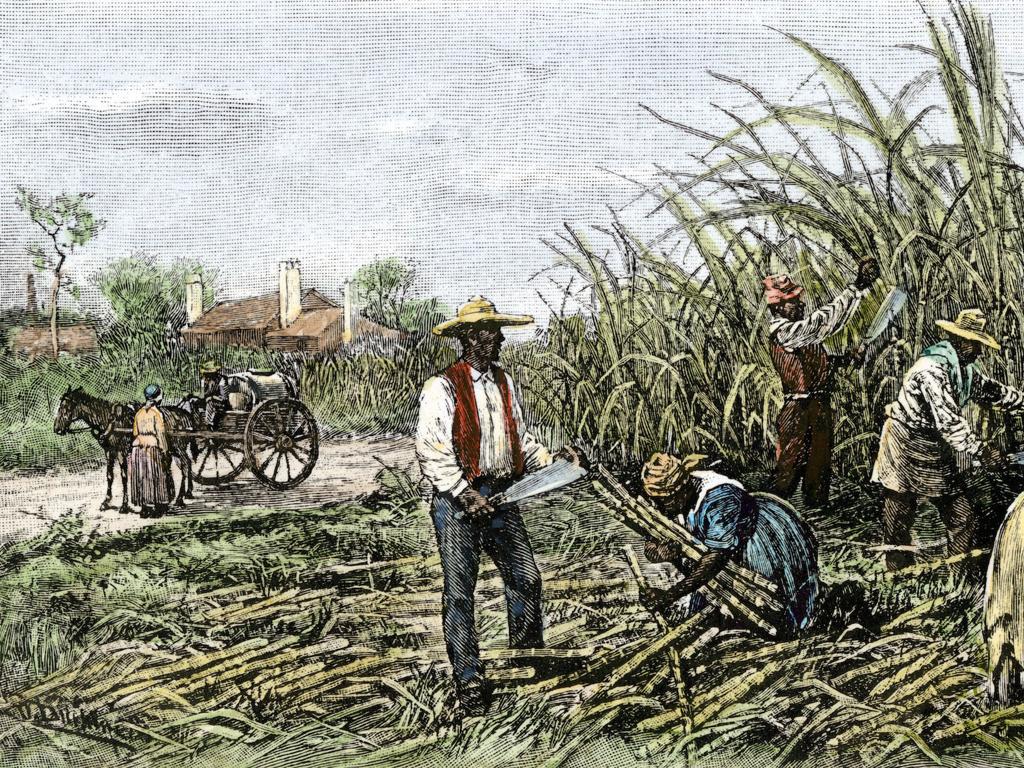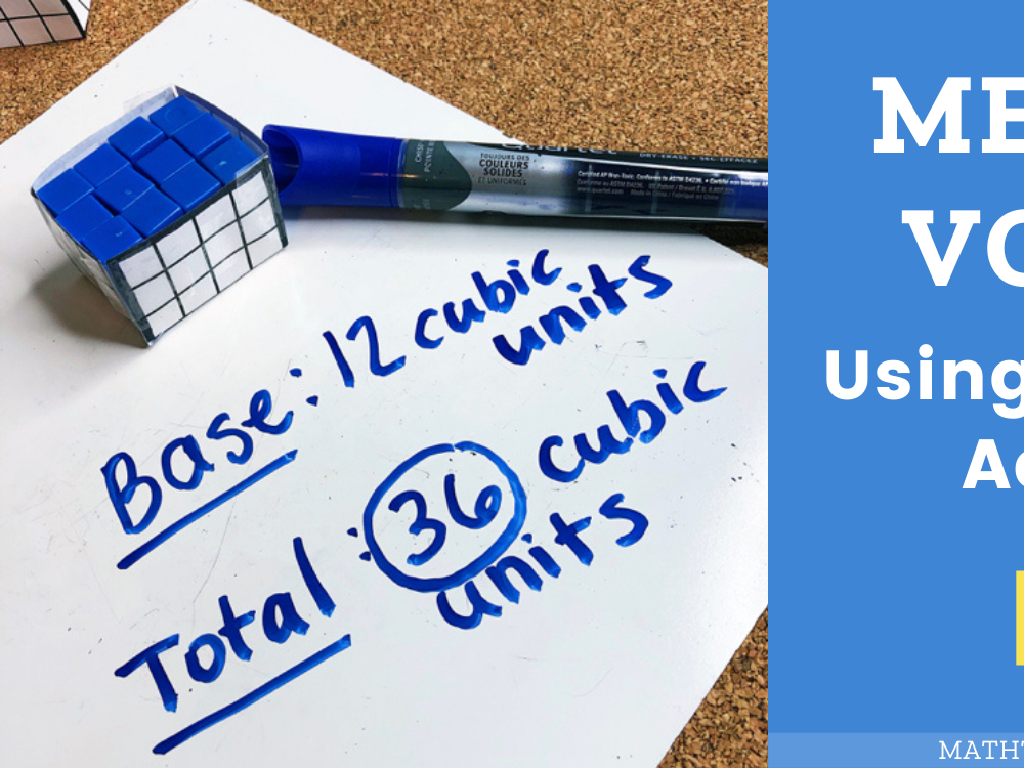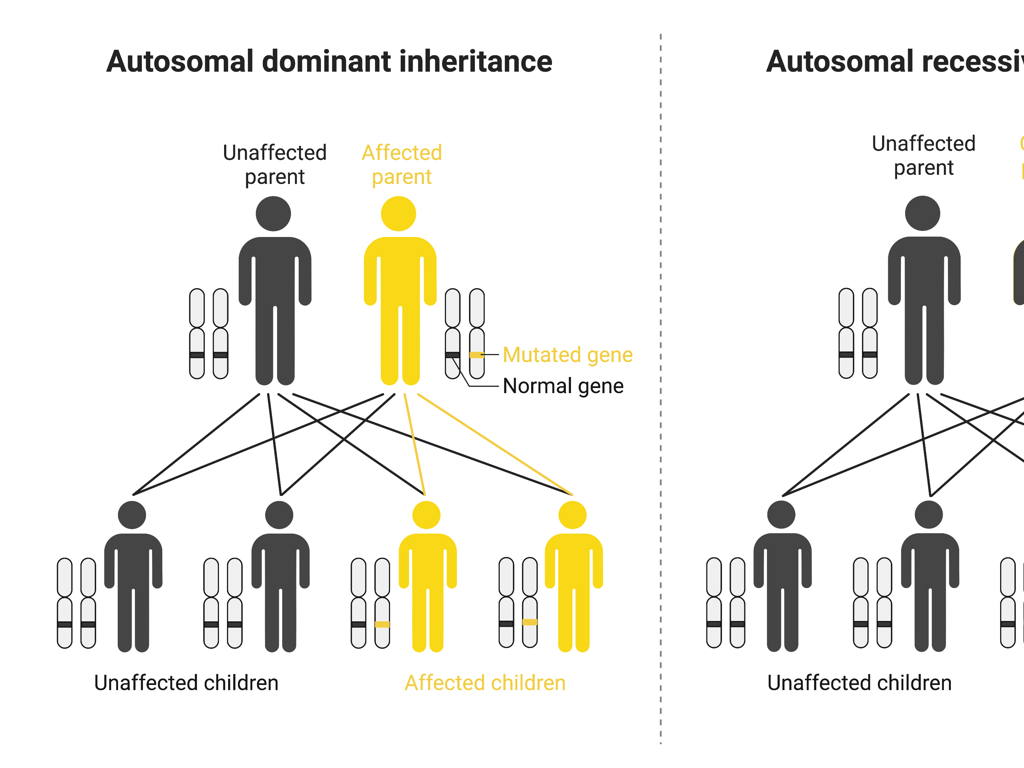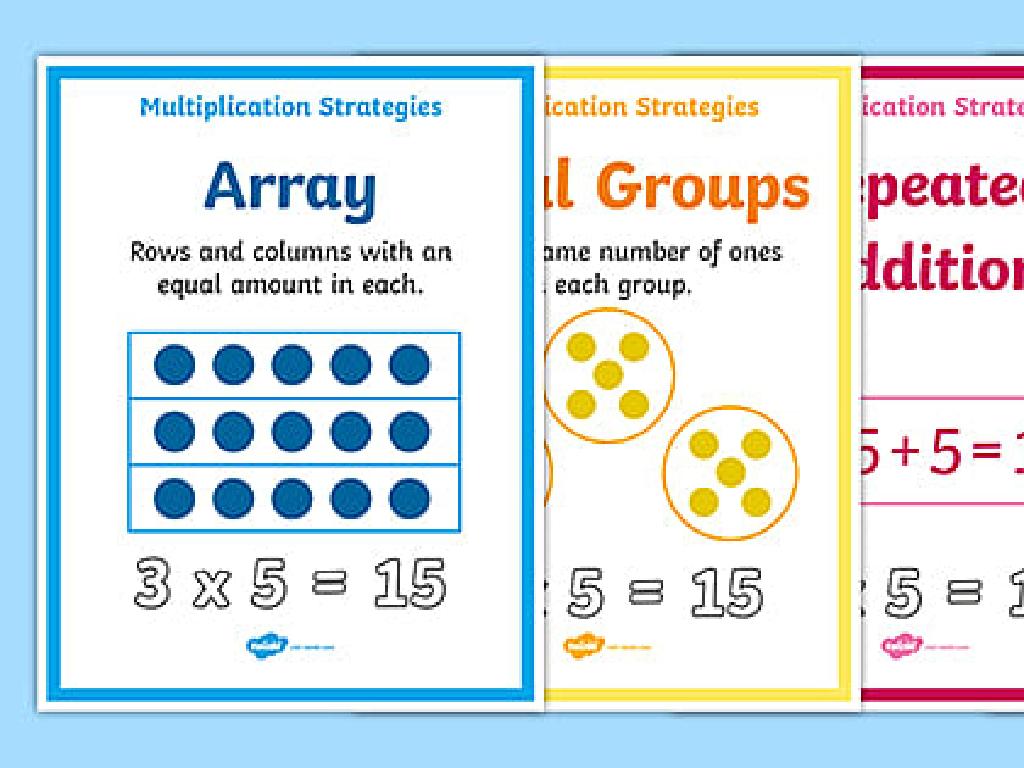Match Causes And Effects In Informational Texts
Subject: Language arts
Grade: Sixth grade
Topic: Text Structure
Please LOG IN to download the presentation. Access is available to registered users only.
View More Content
Understanding Cause and Effect in Texts
– Explore text structure organization
– Focus: Match causes and effects
– Identify reasons behind events and their outcomes
– Recognize importance of cause/effect
– Knowing cause/effect aids critical thinking and analysis
– Enhance reading comprehension skills
– Better understanding leads to improved academic performance
|
This slide introduces students to the concept of text structure, with a particular focus on understanding cause and effect within informational texts. Emphasize the importance of being able to identify the cause (why something happened) and the effect (what happened as a result) as it enhances critical thinking and analytical skills. Discuss how recognizing these relationships can improve overall reading comprehension and academic performance. Provide examples of cause and effect from familiar scenarios or texts and encourage students to think of their own. In the next class, we will practice matching causes and effects in various texts to solidify this skill.
Understanding Cause and Effect in Texts
– Define ‘Cause’ and ‘Effect’
– ‘Cause’ is why something happens; ‘Effect’ is what happens.
– Everyday examples of Cause and Effect
– Missing the bus (cause) leads to being late (effect).
– Cause and Effect in informational texts
– Authors use Cause and Effect to organize information logically.
– Importance for comprehension
– Recognizing this structure helps understand complex concepts.
|
This slide introduces the concept of Cause and Effect, a fundamental text structure in informational texts. Start by defining ‘Cause’ as the reason something happens and ‘Effect’ as the outcome or result of the cause. Provide relatable examples from daily life to help students grasp the concept. Explain how authors use Cause and Effect to present information clearly and logically, making it easier for readers to follow and understand. Emphasize the importance of recognizing this structure to improve reading comprehension and critical thinking skills. Encourage students to look for signal words such as ‘because’, ‘therefore’, and ‘as a result’ that often indicate a cause and effect relationship in texts.
Identifying Cause and Effect in Texts
– Learn signal words for cause & effect
– Words like ‘because’, ‘since’, ‘therefore’, and ‘as a result’ often signal cause and effect.
– Read a paragraph as a class
– We’ll read a selected paragraph together to practice.
– Highlight causes and effects
– Use different colors to mark causes and effects in the text.
– Discuss our findings together
– Share what we’ve marked and explain why.
|
This slide is aimed at helping students recognize and understand the relationship between cause and effect in informational texts, a key component of text structure. Start by introducing signal words that often indicate a cause and effect relationship. Then, as a class, read a chosen paragraph and work together to identify and highlight the causes and effects within it. Encourage students to use different colors for causes and effects to visually distinguish them. After highlighting, have a discussion about the findings, asking students to explain their reasoning. This activity will enhance their analytical reading skills and their ability to infer relationships in texts.
Cause and Effect in Action
– Analyze a story for cause & effect
– Read a short story and pinpoint specific events and their outcomes.
– Discuss plot changes due to cause & effect
– How do certain actions in the story alter the direction of the plot?
– Group activity: Find story’s cause & effect
– Work in groups to identify and list down the causes and effects in the story.
|
This slide is aimed at helping students understand the concept of cause and effect within the structure of a text, specifically through the analysis of a short story. Begin by guiding students to identify specific events (causes) and their outcomes (effects) within the story. Facilitate a class discussion on how these elements influence the progression of the plot. For the group activity, divide the class into small teams and assign them to find and list the causes and effects present in the story. This collaborative exercise will enhance their analytical skills and their ability to work as a team. Provide examples and be ready to assist groups as needed. After the activity, have a sharing session where each group presents their findings.
Text Structure: Cause and Effect Matching Exercise
– Engage in a matching exercise
– Pair causes with corresponding effects
– Share and discuss answers in class
– Discuss how different pairs matched up
– Comprehend the impact on text understanding
– Grasping cause and effect enhances reading comprehension and critical thinking
|
This slide introduces a class activity focused on matching causes with their effects in informational texts. The exercise will help students practice identifying these relationships within a text, which is a key component of understanding text structure. After completing the matching task, students will engage in a class discussion to share their answers, providing an opportunity for collaborative learning. Through this activity, students will see how recognizing cause and effect can aid in better comprehension of the material they read. For the teacher: Prepare several examples of cause and effect from various texts, and ensure there is a mix of obvious and more subtle relationships to challenge the students. Consider creating small groups to foster discussion and have each group present their findings to the class.
Crafting Cause and Effect in Stories
– Write your own cause & effect story
– Use signal words to show relationships
– Words like ‘because’, ‘therefore’, and ‘as a result’ signal cause and effect.
– Exchange stories with a partner
– Give and receive feedback
– Discuss what worked well and what could be improved in the stories.
|
This slide introduces an individual activity where students will apply their understanding of cause and effect by writing their own short stories. Emphasize the importance of using signal words to clearly indicate the cause and effect relationship. After writing, students will pair up to share their stories and provide constructive feedback to each other. This peer review process is crucial for developing critical thinking and analytical skills. As a teacher, facilitate the activity by providing examples of signal words, guiding students on giving effective feedback, and ensuring that each student has the opportunity to both give and receive feedback.
Class Activity: Cause and Effect Chain
– Create a class Cause & Effect chain
– Each student adds a chain link
– Discuss the connection between links
– How does one event lead to another?
– Reflect on the chain’s sequence
– Why is the order of events important?
|
This interactive class activity is designed to help students understand the concept of cause and effect within informational texts. Each student will contribute by adding a ‘link’ to the chain, which represents a cause or an effect found in a chosen text. As the chain grows, the class will discuss how each link is connected to the next, reflecting on the sequence of events and their interdependencies. This visual and collaborative approach aids in solidifying the students’ grasp of text structure and the importance of cause and effect relationships. For the teacher: Prepare strips of paper or any material for the chain links, and guide the students in identifying and discussing the causes and effects from their reading material. Possible variations of the activity could include creating separate chains for different stories or nonfiction texts, or challenging students to identify multiple effects from a single cause.
Review: Causes and Effects in Texts
– Recap: Key points of cause & effect
– Review how causes lead to effects and vice versa in texts.
– Significance of cause & effect
– Understanding this helps with comprehension and critical thinking.
– Homework: News article analysis
– Find real-world examples of cause and effect in a current news article.
– Be prepared to discuss examples
– Share your findings in the next class for a group discussion.
|
As we wrap up today’s lesson, let’s go over the key points about cause and effect in informational texts. It’s crucial for students to recognize these relationships as it enhances reading comprehension and develops analytical skills. For homework, students should find a news article and identify examples of cause and effect. This real-world application reinforces today’s lesson and prepares them for a thoughtful discussion in our next class. Encourage students to think critically about the news they consume and the underlying causes and effects presented.





